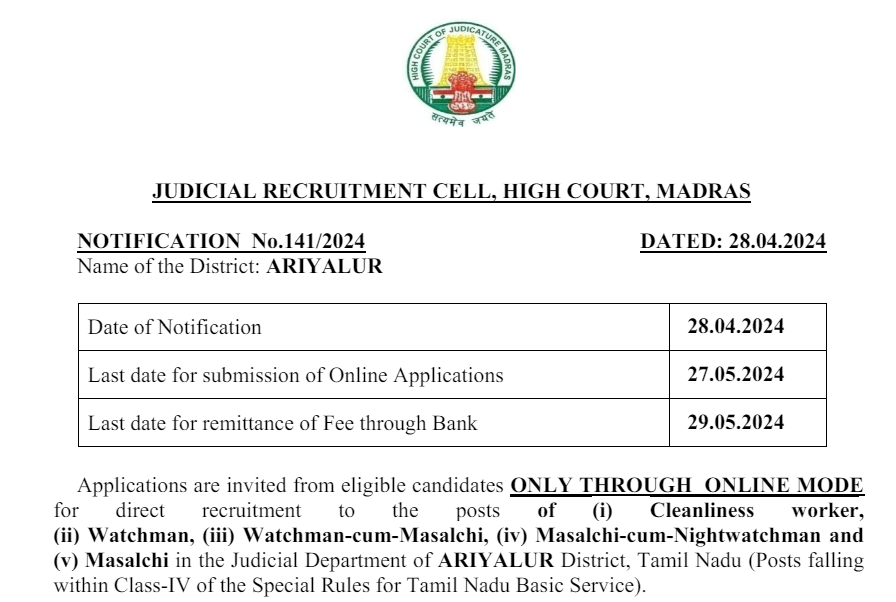Gas Turbines and Jet Engines MCQ Part 2

Category –ME Online Test
Telegram-Join Us On Telegram
Attempt Free Gas Turbines and Jet Engines MCQ Part 2 Here. Read The Important Mechanical MCQ From Below.
Q1. The pressure ratio of an ideal vaned compressor with increase in mass flow rate
A. increases
B. decreases
C. remains constant [Correct Answer]
D. first decreases and then increases
E. unpredictable.
Answer : C
Gas Turbines and Jet Engines MCQ Part 2
Q2. Rotary compressors are suitable for
A. large discharge at high pressure
B. low discharge at high pressure
C. large discharge at low pressure [Correct Answer]
D. low discharge at low pressure
E. there is no such limitation.
Answer : C
Q3. The volumetric efficiency of compressor with increase in compression ratio will
A. increase
B. decrease [Correct Answer]
C. remain same
D. may increase/decrease depending on clearance volume
E. none of the above.
Answer : B
Gas Turbines and Jet Engines MCQ Part 2
Q4. Stalling of blades in axial flow compressor is the phenomenon of
A. air stream blocking the passage
B. motion of air at sonic velocity
C. unsteady periodic and reversed flow
D. air stream not able to follow the blade contour [Correct Answer]
E. production of no air pressure.
Answer : D
Q5. Pick up the wrong statement
A. centrifugal compressors deliver prac-tically constant pressure over a con-> siderable range of capacities
B. Axial flow compressors have a sub-stantially constant delivery at variable pressures
C. centrifugal compressors have a wider stable operating range than axial flow compressors
D. axial flow compressors are bigger in diameter compared to centrifugal type [Correct Answer]
E. axial flow compressors apt to be longer as compared to centrifugal type.
Answer : D
Q6. Gas turbine works on
A. Brayton or Atkinson cycle [Correct Answer]
B. Carnot cycle
C. Rankine cycle
D. Erricsson cycle
E. Joule cycle.
Answer : A
Gas Turbines and Jet Engines MCQ Part 2
Q7. The work ratio of simple gas turbine cycle depends on
A. pressure ratio
B. maximum cycle temperature
C. minimum cycle temperature
D. all of the above [Correct Answer]
E. none of die above.
Answer : D
Q8. The pressure ratio for an open cycle gas turbine compared to closed cycle gas turbine of same h.p. is
A. low [Correct Answer]
B. high
C. same
D. low/high depending on make and type
E. unpredictable.
Answer : A
Gas Turbines and Jet Engines MCQ Part 2
Q9. The fuel consumption in gas turbines is accounted for by
A. low.er heating value [Correct Answer]
B. higher heating value
C. heating value
D. higher calorific value
E. highest calorific value.
Answer : A
Q10. Gas turbines for power generation are normally used
A. to supply base load requirements
B. to supply peak load requirements [Correct Answer]
C. to enable start thermal power plant
D. in emergency
E. when other sources of power fail.
Answer : B
Q11. Mechanical efficiency of gas turbines as compared to I.C engines is
A. higher [Correct Answer]
B. lower
C. same
D. depends on osier considerations
E. unpredictable.
Answer : A
Gas Turbines and Jet Engines MCQ Part 2
Q12. The ratio of specific weigh/h.p. of gas turbine and I.C engines may be typically of the order of
A. 1 : 1
B. 2 : 1
C. 4 : 1
D. 1:2
E. 1 : 6. [Correct Answer]
Answer : E
Q13. The thermal efficiency of a gas turbine as compared to a diesel plant is
A. same
B. more
C. less [Correct Answer]
D. depends on other factors
E. unpredictably.
Answer : C
Gas Turbines and Jet Engines MCQ Part 2
Q14. The air-fuel ratio in gas turbines is of the order of
A. 7 : 1
B. 15 : 1
C. 30 : 1
D. 40 : 1
E. 50: 1. [Correct Answer]
Answer : E
Q15. The pressure ratio in gas turbines is of the order of
A. ,2:l
B. 4:1
C. 61: 1 [Correct Answer]
D. 9 : 1
E. 12:1.
Answer : C
Gas Turbines and Jet Engines MCQ Part 2














